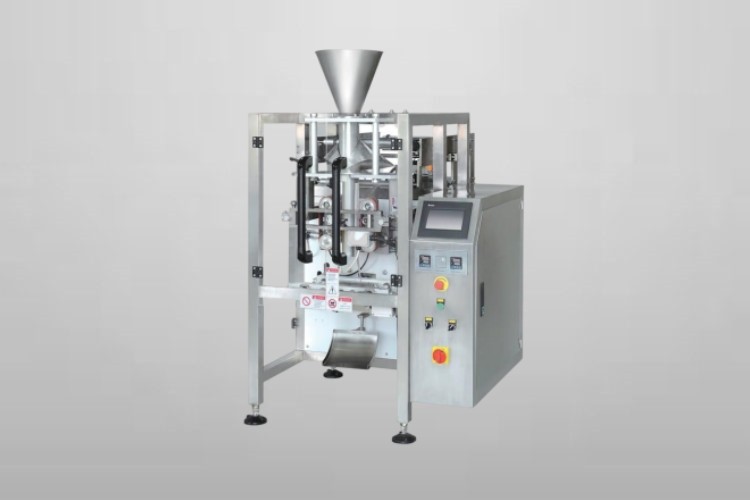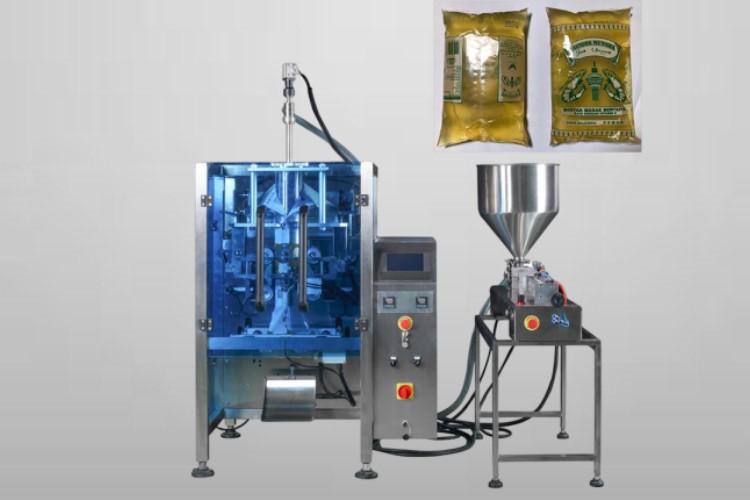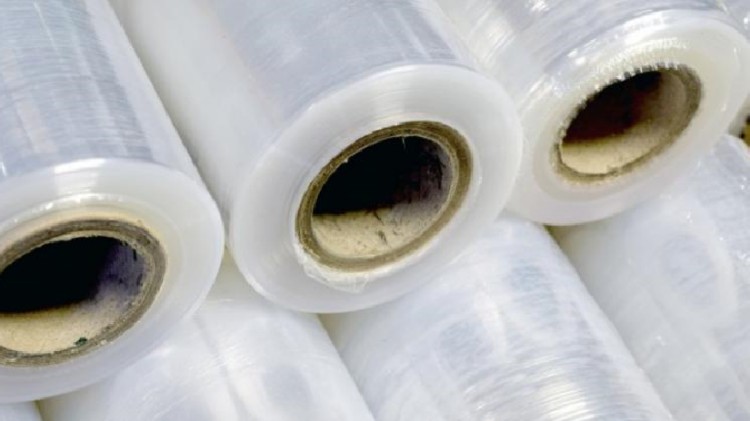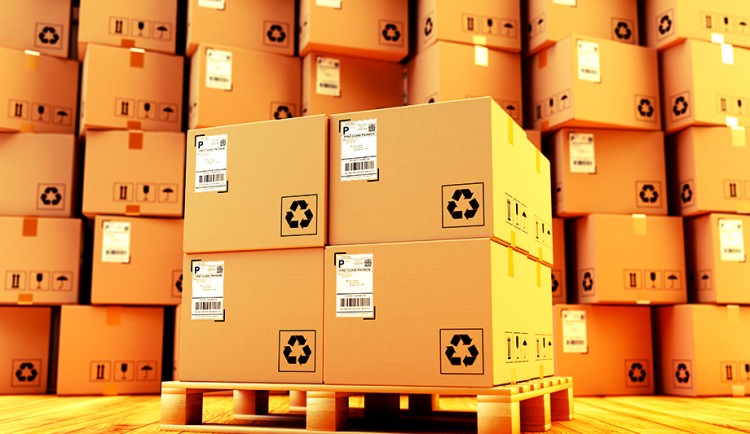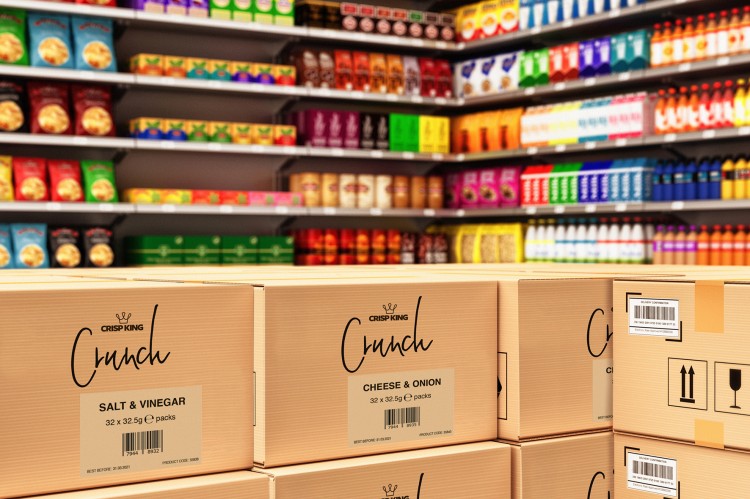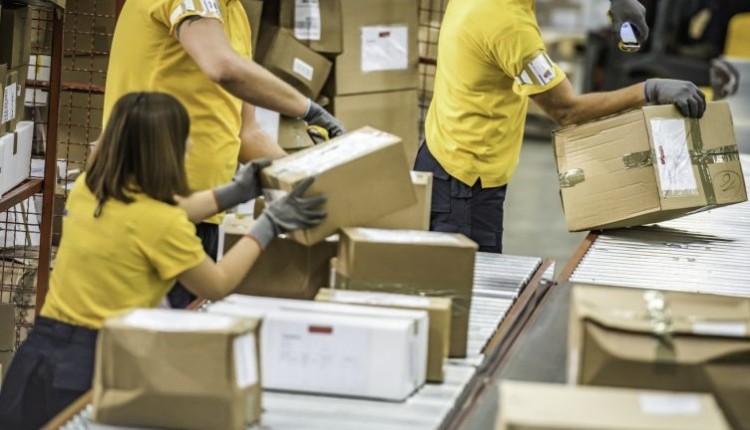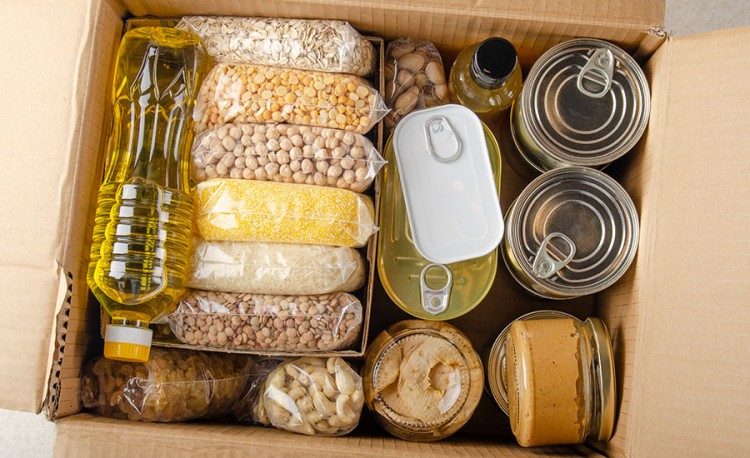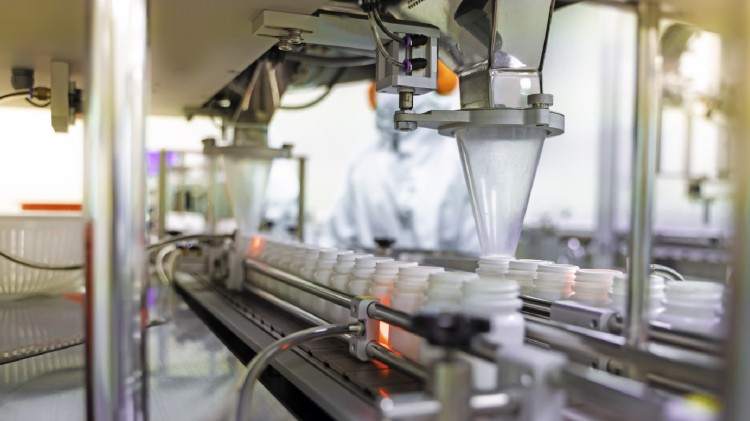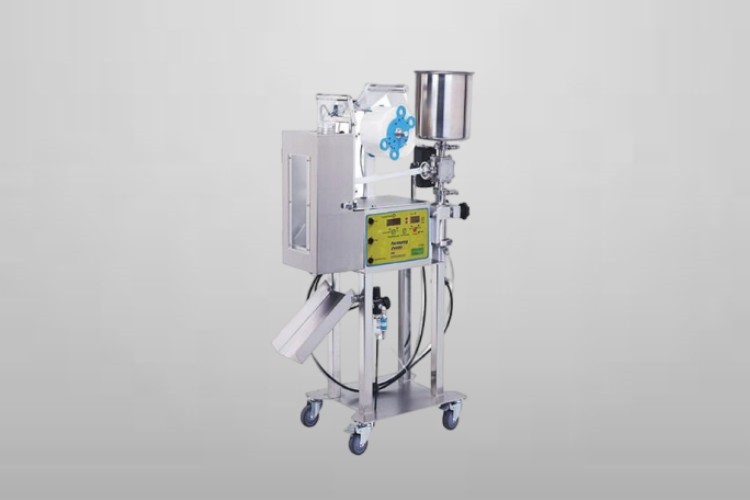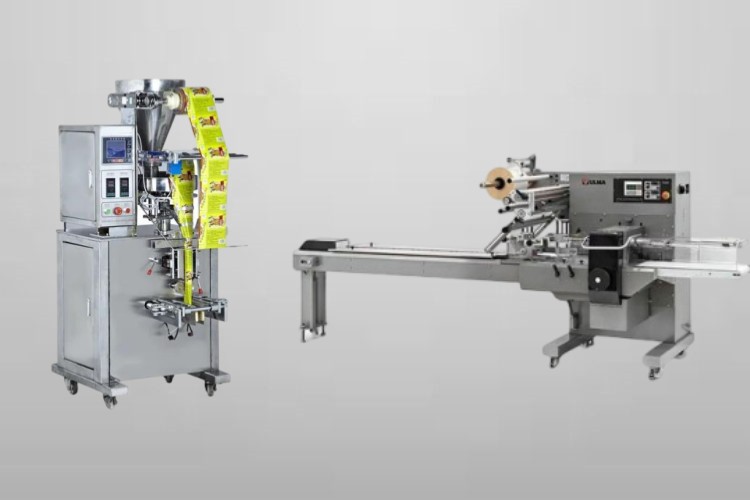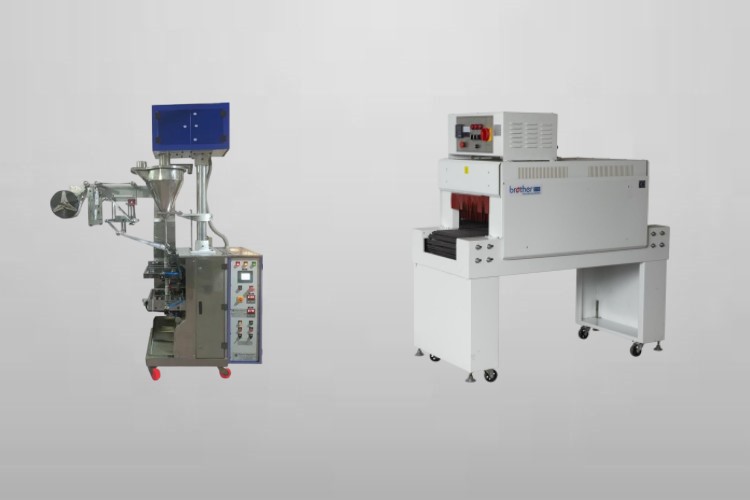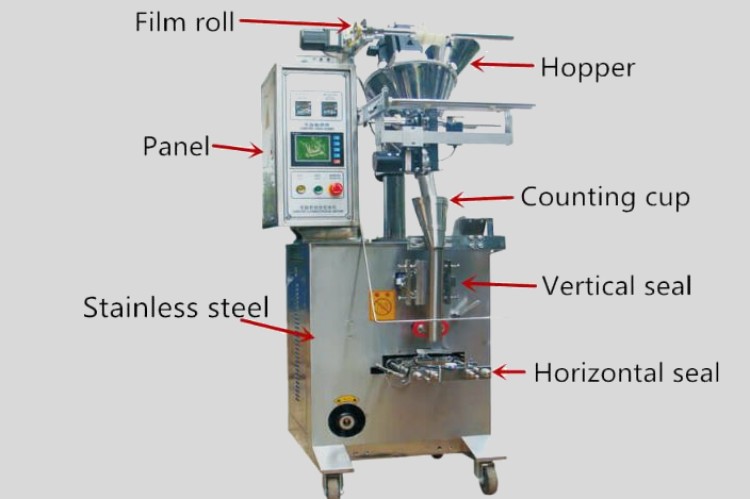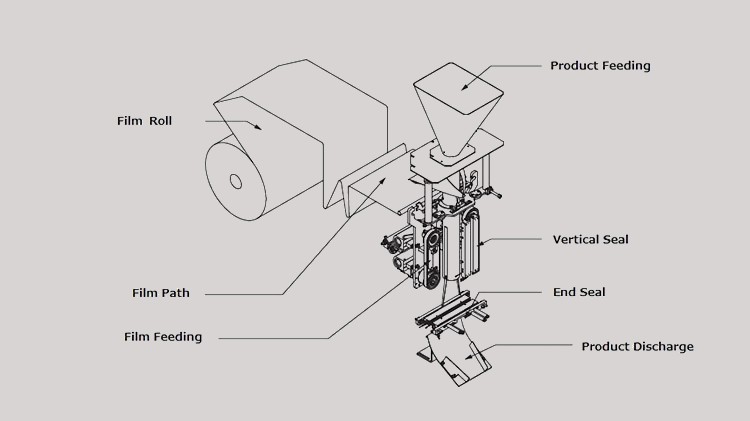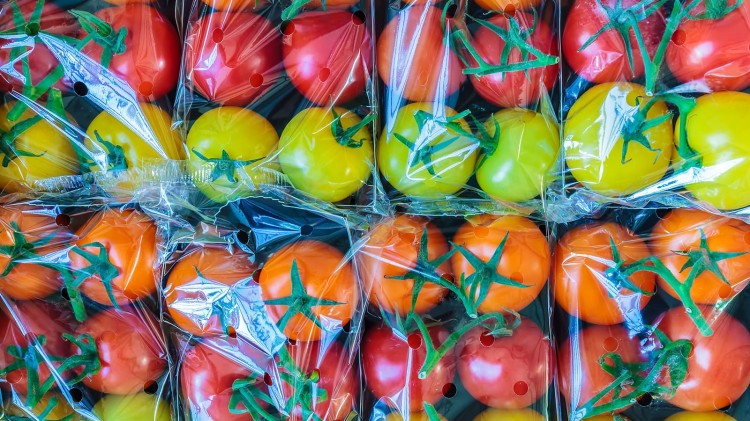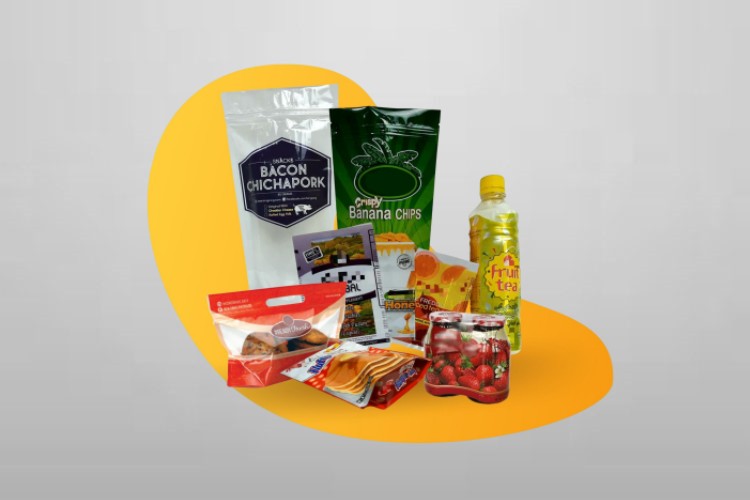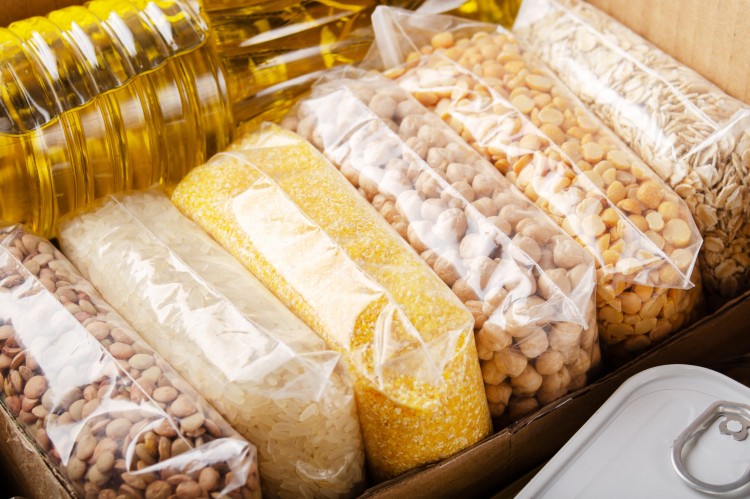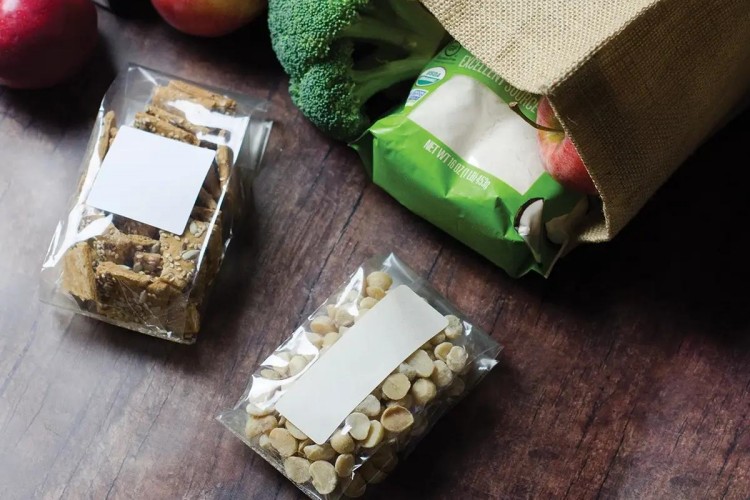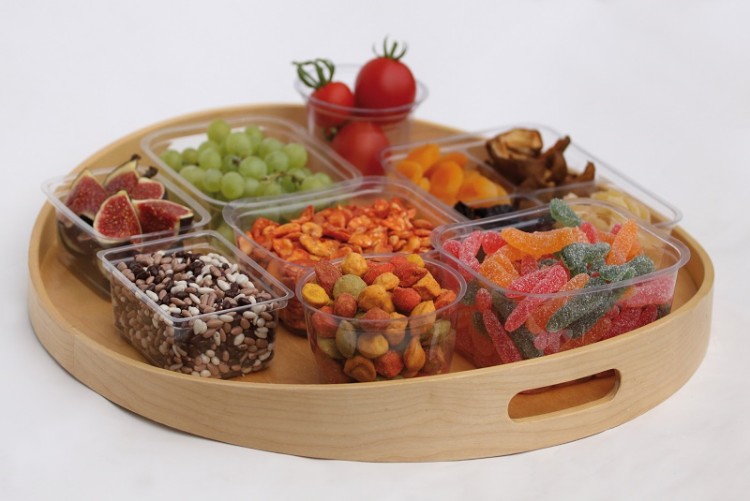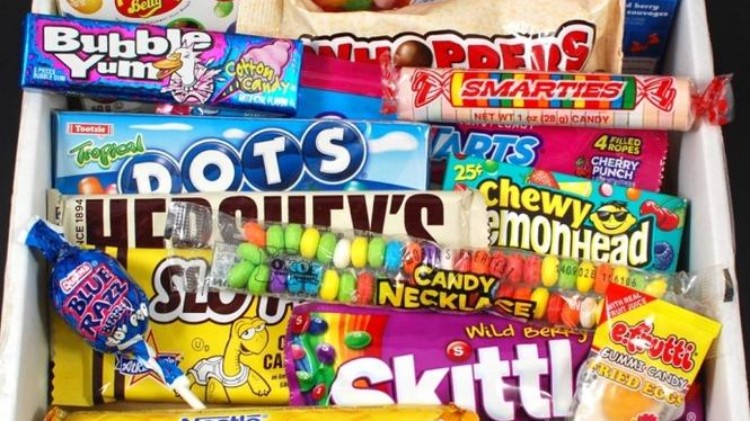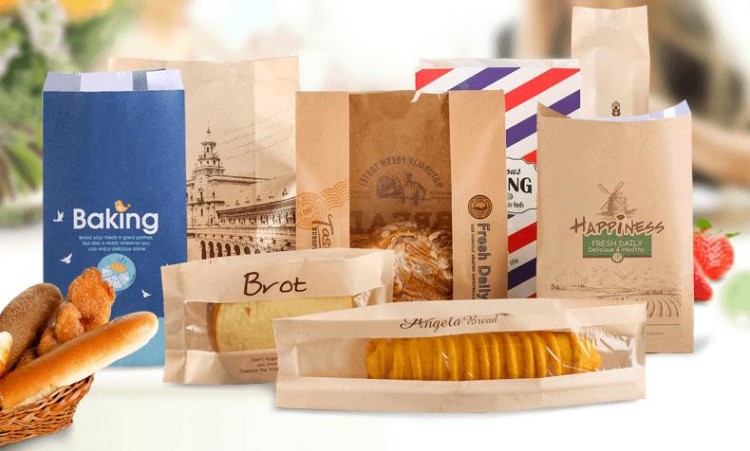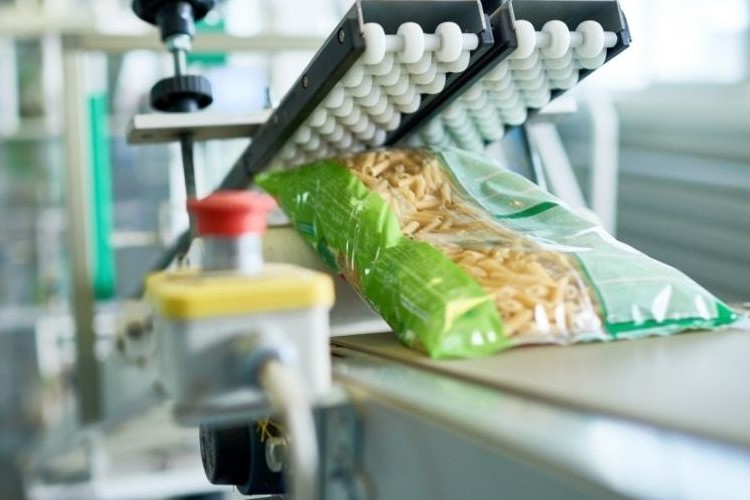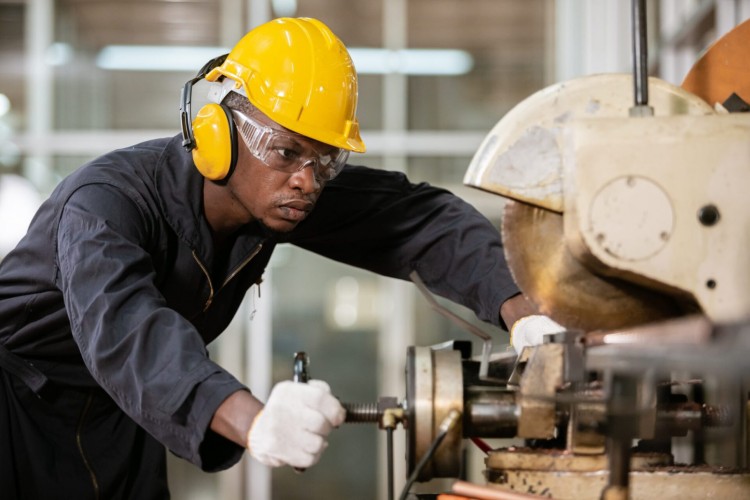Vertical Flow Wrapper: The Complete Buying Guide In 2025
Looking to streamline your packaging process in 2025? Then look no further, the vertical flow wrapper is an incredibly capable and proficient packaging machine that can take care of a broad assortment of item shapes and sizes.
In this step-by-step buying guide, we’ll go over all that you have to think about when buying a vertical flow wrapper, from its classifications to benefits to design flow. So let’s dive in and discover why the vertical flow wrappers are the perfect choices for your packaging needs in 2025!
1.What Is Vertical Flow Wrapper?
The vertical flow wrapper is a helpful tool for packing a wide range of products, from pharmaceuticals and baked goods to confectionery and fresh fruit. It functions by severing a roll of material into a continuous tube, sealing one end, and allowing the product to be injected from the open end. In order to finish the packaging, the machine then seals the opposite side.
Because to its versatility, this device can handle a variety of materials, including laminates, polyethylene, and polypropylene. Large-scale production would benefit from its effectiveness and speed.
2.What Are Some Of The Benefits Of Vertical Flow Wrappers?
The vertical flow wrappers offer several benefits over other packaging methods, including:
Flexibility:
Vertical flow wrappers can handle a variety of product sizes and forms, including lengthy or atypically shaped products that could be difficult to package using other techniques. Little candies to enormous loaves of bread can all be packaged using vertical flow wrappers without requiring significant adjustments to the packaging machinery.
Because of their ability to transition between several items or product sizes, producers are more productive and experience less downtime. Moreover, a range of package materials, such as heat-sealable films, laminates, and foils, can be handled by vertical flow wrappers, giving packaging designers more freedom.
Effective Use Of Film:
Because the vertical packaging method only needs enough film to wrap around the product, vertical flow wrappers utilize less film than other packaging techniques. Reduced material prices and waste are the effects of this. In addition to product protection, film can also be used to enhance the visual appeal of the product.
Packaging films come in a variety of colors and finishes, including matte, glossy, and metallic, allowing manufacturers to create eye-catching packaging designs that attract consumer attention.
Increased Product Security:
Vertical flow wrappers enclose the goods in airtight closures that forbid tampering or contamination. Vertical flow wrappers offer sealed packaging that can shield the product from elements like moisture, dust, and light that could harm or spoil it.
Increased Shelf Appeal:
Vertical flow wrappers offer a stylish and expert-looking package that can make products stand out on retail shelves and increase consumer attraction. They can also be used to create clear packaging that allows the product to be seen, which can increase its visual appeal and draw the attention of potential customers.
Lower Labor Expenses:
Vertical flow wrappers can be automated to carry out the packing process with little assistance from humans, lowering labor costs and boosting productivity. This way, the efficiency of the packaging process is improved and any mistakes or faults can be avoided.
In comparison to conventional packaging techniques, the vertical flow wrapper has a number of advantages, including flexibility, effective film utilization, faster speed, higher product protection, improved shelf appeal, and lower labor costs.Vertical flow wrappers are a well-liked option for many packaging applications thanks to these benefits, particularly in the food, confectionery, and bakery sectors.
3.What Are Industrial ApplicationsOf Vertical Flow Wrapper?
Because to its adaptability, effectiveness, and speed, vertical flow wrappers are frequently utilized in a variety of industrial applications. The following are a few industrial uses for vertical flow wrapper:
Food Industry:
Uses vertical flow wrappers widely for packaging products like snacks, confections, bakery goods, and fresh produce. The vertical flow wrappers make airtight containers that protect the food goods’ integrity and freshness. Vertical flow wrappers are capable of handling a variety of packaging materials, including laminates, polyethylene, and polypropylene.
Pharmaceutical Industry:
Drugs, medical equipment, and other things are packaged using vertical flow wrappers in the pharmaceutical sector. The vertical flow wrappers make sterile containers that shield the goods from infection and guarantee their security and effectiveness.
Further features including clean-room compatibility, product counting, and gas flushing for packaging under changed atmospheres can also be added to the vertical flow wrapper.
Personal Care Industry:
Vertical flow wrappers are used to package goods like soap, shampoo, and cosmetics in the personal care sector. The vertical flow wrappers design eye-catching packaging to display the goods and shield them from moisture and other external elements. Vertical flow wrappers can also work with specialty materials like compostable packaging and biodegradable film.
Industrial Products:
For the packaging of goods including hardware, electronics, and automotive components, vertical flow wrappers are utilized in a variety of industrial applications. The products are shielded from dust, moisture, and other environmental elements by the vertical flow wrapper’s tough packaging.
Additionally, vertical flow wrappers are capable of working with specialty materials including anti-static films and robust packaging materials.
Vertical flow wrappers are efficient machines that are used to package a variety of items in a wide range of industrial applications. It’s features can be used to satisfy certain industrial requirements and can also handle a variety of packaging materials.
4.What Is The Classification Of Vertical Flow Wrappers?
Vertical flow wrappers can be classified into two categories:
Automatic Vertical Flow Wrapper:
An automatic vertical flow wrapper conducts all packaging tasks automatically, including feeding the product, wrapping it in the film, sealing it, trimming it to size, and releasing the packaged goods. Large-scale manufacturing facilities frequently employ these machines since they are built for high-volume production.
Semi-Automatic Vertical Flow Wrapper:
The operation of a semi-automatic vertical flow wrapper involves some manual labor. The operator must manually feed the goods into the machine and turn on the machine for the packaging process to begin.
The operator also needs to manually take the finished product out of the machine when the packaging is finished. Small to medium-sized firms that need a more flexible and cheap packaging solution should use these machines.
The specific requirements and production levels of the company determine whether automated or semi-automatic vertical slow wrappers should be used. Automatic vertical flow wrappers are more expensive than semi-automatic versions despite having better output rates and requiring less operator interaction.
Semi-automatic vertical flow wrappers are more versatile for shorter production runs, are inexpensive, and require less floor space. The choice between the two will ultimately be based on the particular requirements of the firm.
5.What Are The Differences Between Vertical Flow Wrapper And Horizontal Flow Wrapper?
The main difference between vertical flow wrappers and horizontal flow wrappers is the orientation of the packaging process. In vertical flow wrapper, the packaging film is shaped into a tube and the product is inserted vertically into it. The package is separated from the tube after the ends of the tube have been sealed.
This style of packaging works well for items that are long, narrow, or have odd shapes, such as sweets, snacks, and bakery goods.
The product is placed horizontally onto the packaging film in horizontal flow wrappers before being folded over and sealed to form a pillow-like box. For items like bars, soap, and medical gadgets that are flat or have a consistent shape, this packing technique is ideal.
Some other differences between vertical flow wrappers and horizontal flow wrappers include:
Speed:Due to the vertical packaging process’s higher speeds and more effective use of film, vertical flow wrappers often operate more quickly than horizontal flow wrappers.
Film usage:Because the vertical packaging method only needs enough film to wrap around the product, vertical flow wrappers utilize less film than horizontal flow wrappers.
Size range:Vertical flow wrappers, thanks to their flexible packaging method, can handle a larger range of product sizes and forms than horizontal flow wrappers.
Cost:Vertical flow wrappers often cost more than horizontal flow wrappers because of their more intricate designs and faster production rates.
That’s why, the orientation of the packing process, speed, film usage, size range, and cost are different between vertical flow wrappers and horizontal flow wrappers. The decision between these two packaging options is based on the product’s features, the packaging operation’s budget, and the production requirements.
6.What Are The Differences Between Vertical Flow Wrapper And Shrink Wrapper?
In the manufacturing sector, two common forms of packaging equipment are vertical flow wrappers and shrink wrappers. The product is wrapped in a film that is folded around it by vertical flow wrappers using a vertical flow wrapping technique. The film is then cut and sealed to create a package that resembles a bag.
In contrast, shrink wrappers use a heat-shrink method in which the product is encased in a shrink film before the film is heated and shrunk. A tight seal is made when the film molds to the product precisely.
The ability of the two machines to handle different product shapes is one of their main differences. Shrink wrappers work well for products with a stable shape and size, whereas vertical flow wrappers can manage a variety of product shapes and sizes, including irregularly shaped products.
Shrink wrappers use more film to produce a firmly sealed package, but the vertical packaging technique simply needs enough film to wrap around the product in vertical flow wrapper.
The speed of operation is another distinction. Shrink Wrappers cannot function as quickly as vertical flow wrappers, which enables better manufacturing rates and throughput. Shrink Wrappers, on the other hand, use thermal shrinking to produce a tighter seal than vertical flow wrappers.
Finally, vertical flow wrappers are generally more affordable than shrink wrappers, making them a more accessible option for small and medium-sized businesses.
7.What Are Main Parts Of Vertical Flow Wrapper?
The main parts of a vertical flow wrapper include:
Film Roll Holder (Film):During operation, this component holds and unwinds the roll of packing material.
Hopper: This section holds products for the filling procedure.
Control Panel:This component permits the user to adjust and modify a variety of settings, such as velocity, temperature, and other factors.
Counting Cup:Using a volumetric cup or other measuring device, this component pours the product into the packaging.
Vertical SealThis component uses pressure and heat to seal the packaging materials vertically edges together to form a complete package.
Horizontal Seal:The section allows hot sealing of the wrapping sheet horizontally.
8.What Is Working Principle Of Vertical Flow Wrapper?
A vertical flow wrapper functions by forming a continuous tube of packaging material from a roll, forming it into a pouch, filling the bag with the product, and sealing it to finish the packaging process. A vertical flow wrapper’s operational procedures are as follows:
Film Unwinding:To dispense packaging material from a reel, a sequence of rollers and directors are employed, which govern the pressure and pace of the material. The film is unfurled after which it is fed into the vertical flow wrapper.
Making of Forming Tubes:The unwound film is then made into a continuous tube by being fed through a series of forming tubes that give it the desired size and shape.
Vertical Sealing:One side of the film is sealed vertically to form a continuous bag that will hold the product. The film is melted and fused together during the sealing process using a heated sealing bar.
Product Filling:Using an auger or filling tube, the product is subsequently poured into the pouch’s open end. An electronic sensor that measures the amount of the product in the pouch regulates the filling operation.
Horizontal Sealing:The remaining step in the packaging procedure is sealing the open end of the bag horizontally. A heated sealing bar that melts and fuses the film together is used to complete the sealing procedure.
Cutting and Separation:With a cutting device, the continuous tube of packaging material is subsequently sliced into individual packages. Following that, the items are released onto a conveyor belt for additional processing or packaging.
9.What Are The Different MaterialsUsed For Vertical Flow Wrapper?
Packaging for various products is made using a range of materials by vertical flow wrappers. The following substances are frequently used in vertical flow wrapper packaging:
Polyethylene (PE):
This substance is frequently used to package bread, vegetables, and frozen food items for Shipping. For various packaging applications, PE films come in a variety of thicknesses and have good moisture and oxygen barrier qualities.
Laminates:
Vertical flow wrappers can utilize various laminates, which are mixtures of several materials, to provide packaging with particular qualities. Coffee or tea can be packaged using, for instance, a laminate of polypropylene and aluminum that has excellent barrier qualities against moisture and oxygen.
Nylon:
Products like meat and cheese, which need strong barriers against air and moisture, are packaged in packages using this material. When used for packaging, nylon films can tolerate high temperatures and pressures since they are robust and long-lasting.
Cellophane:
Made of cellulose, this material is frequently used by vertical flow wrappers to package things like cigars, cosmetics, and gifts. Transparent cellophane films provide good oxygen and moisture barrier qualities.
PVC:
Products that need to have a high level of clarity and shine, like toys and stationery items, are packaged using this material for marketing. Films made of PVC are thin and effective at blocking oxygen and moisture.
10.What Are Technical Problems And Solutions Of vertical flow wrapper?
Vertical flow wrappers may experience technical issues that result in downtime, decreased productivity, and product waste. Typical technical issues with vertical flow wrappers include the following:
Film slipping or creasing during packaging:This might be brought about by a misaligned film feed system, worn film pulling belts, or poor tensioning of the film. The film feed system has to be corrected, worn belts should be replaced, and the film tension should be adjusted to address this issue.
Wrinkling or uneven sealing of the packaging:Packaging that is wrinkled or unevenly sealed may be due to poor temperature management or worn-out sealing jaws. In order to address this issue, the temperature should be changed to the right level for the packaging material, and the sealing jaws should be examined and, if required, replaced.
Product Jams or Misfeeds:Can be brought on by worn product guides or collars, product accumulation in the sealing area, or poor product feed system adjustment. This issue can be fixed by properly adjusting the product feed system, replacing any worn guides or collars, and cleaning any product accumulation from the sealing area.
Misaligned Film-Pulling Systems:Commonly known as worn-out or misaligned film-tracking sensors may be to blame for this problem. The film-pulling mechanism should be properly oriented, and the tracking sensors should be examined and changed as necessary to address this issue.
Film Breakage:Incorrect tensioning of the film or worn or damaged film pulling belts can both contribute to this problem. The film pulling belts should be examined, and if necessary, changed, and the film tension should be set to the proper setting to address this issue.
Every machine may experience technical issues, which may result in downtime, decreased efficiency, and product waste. Equipment operators can make sure that their equipment runs without a hitch and increase the productivity of their workforce by determining the source of the issue and putting the right fix in place.
11.How To Choose A Vertical Flow Wrapper?
When choosing a vertical flow wrapper, there are several factors to consider to ensure that the machine meets your specific needs and requirements. Some of the most important factors to consider include:
Product Size and Shape:
The type and size of packaging that will be most appropriate for your needs will depend on the size and form of the products you need to package.
Production Volume:
The production volume required will determine the type of vertical flow wrapper you need. If you have a high volume of production, you may require a fully automatic vertical flow wrapper, while a semi-automatic machine may be sufficient for lower volume production.
Film Type and Size:For vertical flow wrapperpackaging, a variety of films can be utilized, including laminated films, polypropylene, and polyethylene. Based on the goods and storage circumstances, take into account the type of film you require.
Machine Speed:
Consider the ideal speed needed for your unique manufacturing needs because machine speed will affect the overall production rate.
Maintenance and Support:
To reduce downtime and keep the machine operating properly, pick a vertical flow wrapper that is simple to maintain and comes with excellent technical assistance.
Cost Effectiveness:
Finally, take into account your financial situation and pick a vertical flow wrapper that provides the best return on your investment. Take into account elements like the purchase of the machine, ongoing maintenance expenses, and the price of consumables like film.
Conclusion
In conclusion, companies wishing to automate their packaging process in 2025 should strongly consider the vertical flow wrapper. It can offer flexibility, efficient film consumption, better speed, improved product protection, enhanced shelf attractiveness, and lower labor expenses whether you’re packaging candies, snacks, bakery goods, or other items. By adhering to the recommendations provided in this comprehensive purchase guide, you’ll be prepared to select the ideal device for your requirements and benefit from its numerous advantages. Feel Free to Contact Us for Quotation and Advice.
Don't forget to share this post!
CONTACT US
Tell us your raw material and project budget to get quotations within 24 hours.
WhatsApp Us: +86 181 7101 8586
The Buyer's Guide
